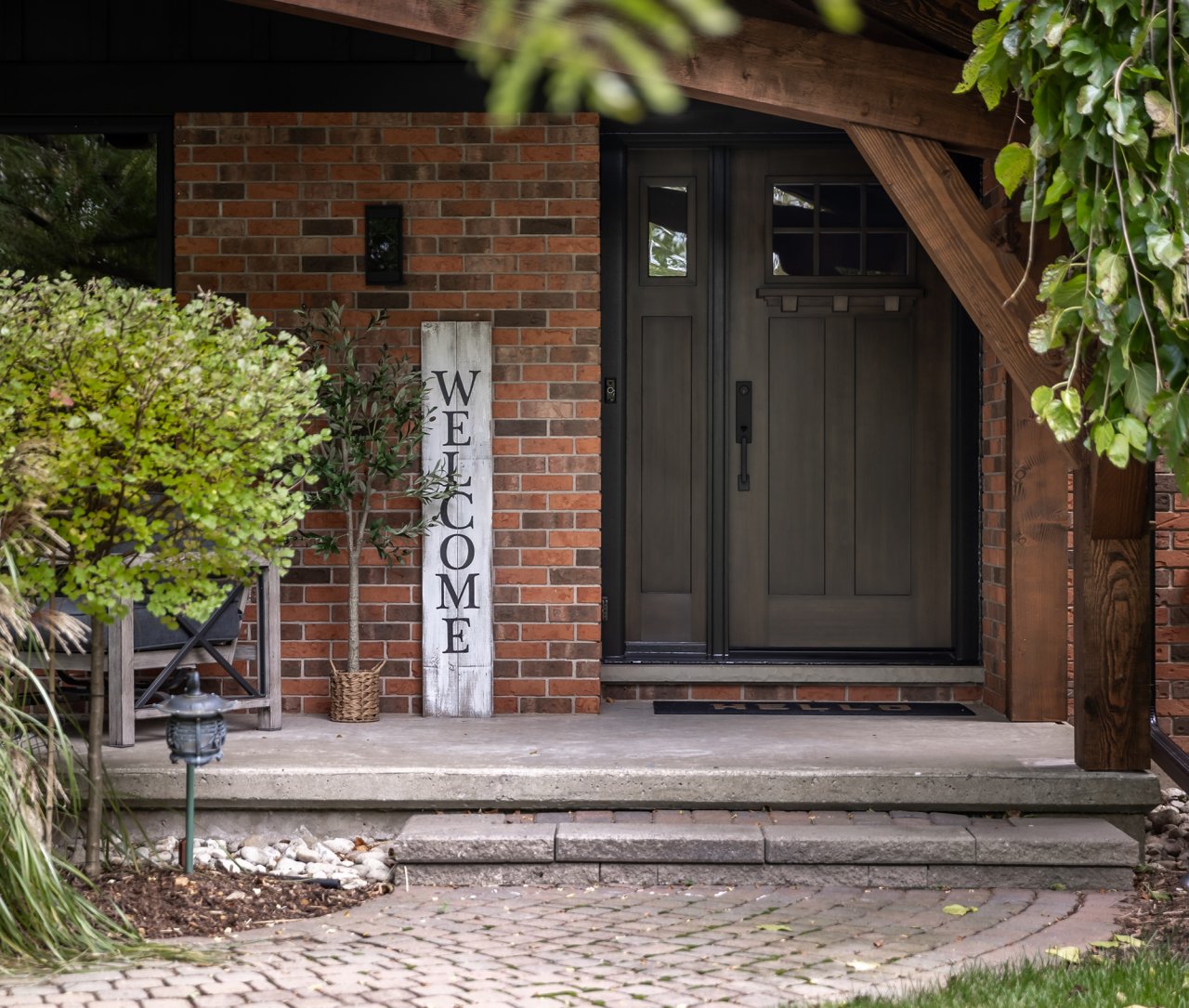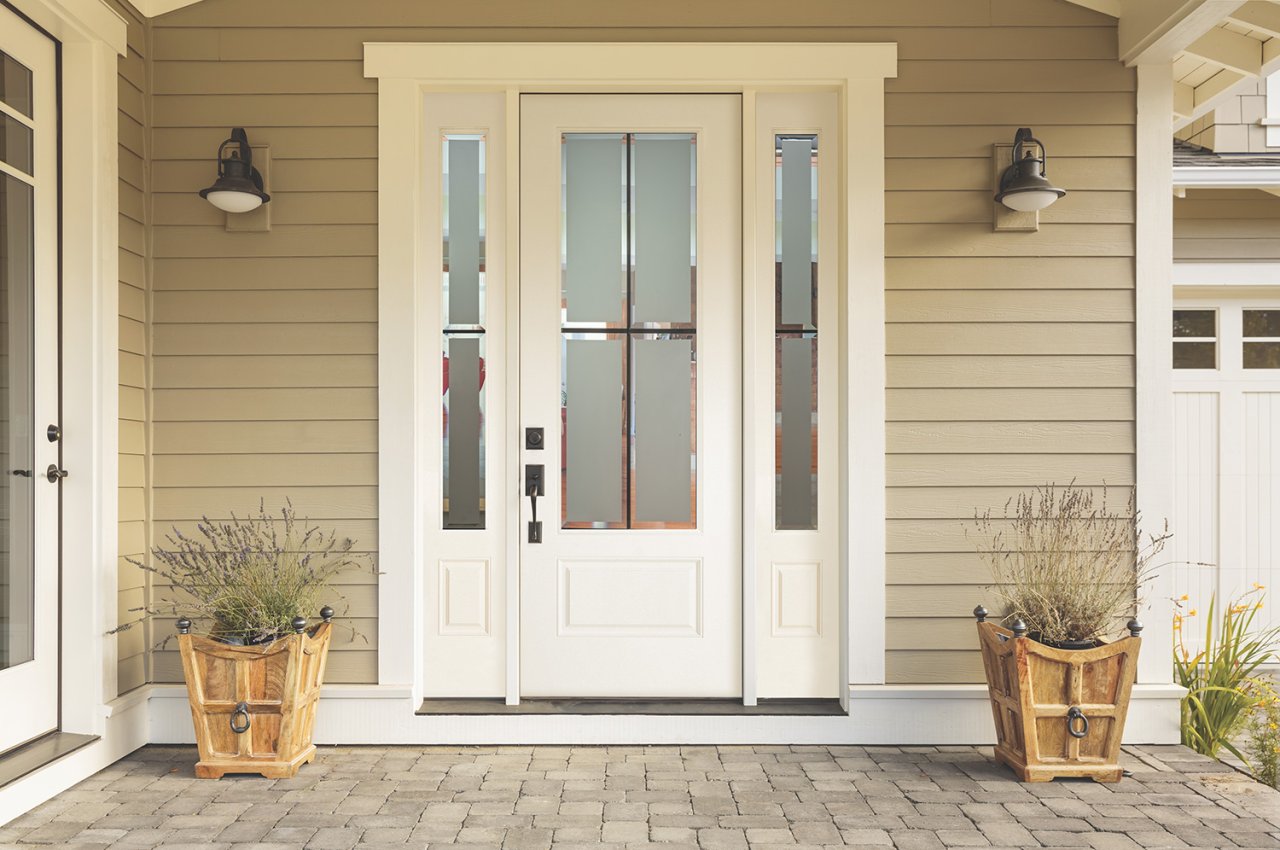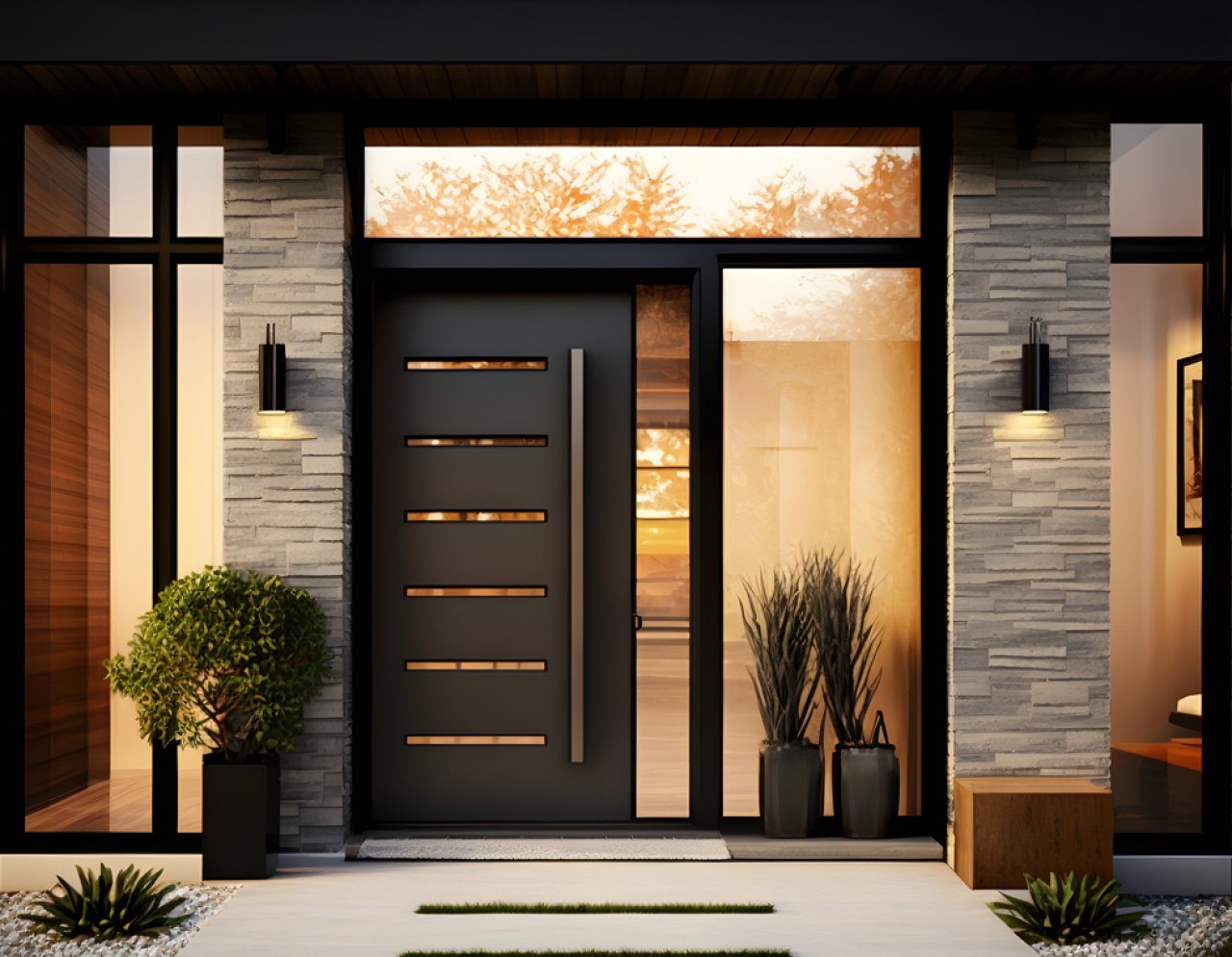
Blog
Do You Have a Drafty Front Door?

Your door is what stands between your home and the elements, keeping the heat out in the summer and in during the winter. But if the weather stripping on your door is damaged — or non-existant — or your door doesn’t fit correctly, it can have a huge impact on your home’s energy efficiency.
Drafty exterior doors can account for up to 20 percent of heat loss in your home, impacting your comfort and driving up your energy bills. Even a small gap can let in as much outside air as a tennis-ball sized hole in the wall!
So, what can you do to fix a drafty door? In this post, we’ll explore the reasons your door might fail, and what you can do to fix it.

Why do doors fail?
Exterior doors can fail and become drafty due to a variety of reasons. In order to fix it, you need to figure out why it’s failing.
Aging and wear — Older doors could fail when weatherstripping, seals and hinges wear out, leading to gaps and drafts.
Poor installation — Improper installation of the door or inadequate sealing during the installation can create gaps, allowing outside air to enter around the door frame.
Settling or shifting — Over time, most houses settle, which can cause the door frame to shift. This can lead to misalignment and gaps between the door and the frame.
Warping or damage — Exposure to moisture, extreme temperature changes or physical damage can cause a door to warp or become damaged, creating gaps or preventing the door from closing properly.
Inadequate insulation — Some older or poorly designed doors may lack sufficient insulation or have inadequate weatherstripping, allowing air to pass easily through the door.
Poor maintenance — Lack of regular maintenance, such as failure to replace worn-out weatherstripping or repair damaged parts, can contribute to a door becoming drafty over time.

How to fix a drafty front door
Weatherstripping
Most small gaps are relatively easy to fix using some type of weatherstripping. Select your weatherstripping based on the size of the largest gap.
To achieve a good seal, be sure to measure carefully, then follow the installation instructions on the package. Here are some weatherstripping options to consider.
Adhesive-backed foam tape — This type of weatherstripping is easy to install and affordable. It is applied directly to the door frame to create a seal.
V-Strip — V-strip weatherstripping is made from vinyl or metal and has a V-shaped design that is inserted into a groove or attached to the door frame.
Door sweeps — A door sweep is a strip of material made from vinyl, rubber, or brush that is attached to a metal or plastic plate. To install, simply screw or nail it along the bottom of your door.
Tubular weatherstripping — This type of weatherstripping is made of hollow rubber or silicone tubes. It’s flexible, easy to install and provides a good seal against drafts when pressed against the door frame.
Door jamb weatherstripping — Weatherstripping can also be installed on the sides of the door frame using compressible materials — such as foam, rubber or felt — which create a seal when the door is closed.
Inspect and repair
Inspect your door for any gaps, cracks or damaged areas that may be causing drafts. Repair or replace damaged parts and use caulk or weather-resistant sealant to fill in any gaps or cracks.
Check door alignment
If your door isn’t sitting flush against the frame, adjust the hinges or strike plate to ensure a tight fit when closed. Often this is just a matter of tightening the screws.

When to replace your door
If your door is old or poorly insulated, upgrading to a more energy-efficient door might be the best solution for you, since no amount of weatherstripping will keep the cold out. Look for doors with good insulating properties and a tight seal.
If your door isn’t functioning properly, despite making some of the adjustments listed above, it might be time to replace it. Some of the reasons for poor function could include misalignment, warping, damage, wear and tear or a rotting door frame.
Of course, you could also replace your door because you’re looking for a fresh, new look!
Ready to replace your door?
Don't let a faulty or inefficient front door compromise your home's comfort and increase your energy bills.
Visit our showroom to see all the doors we have on display. We offer an extensive collection of high-quality, energy-efficient front doors that are both functional and stylish. Our team of professionals are happy to answer all your questions and help you zero in on the perfect door.
And while you’re there, check out our other products, including interior doors, hardware and siding.

